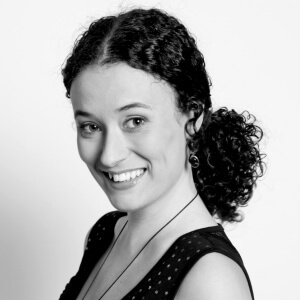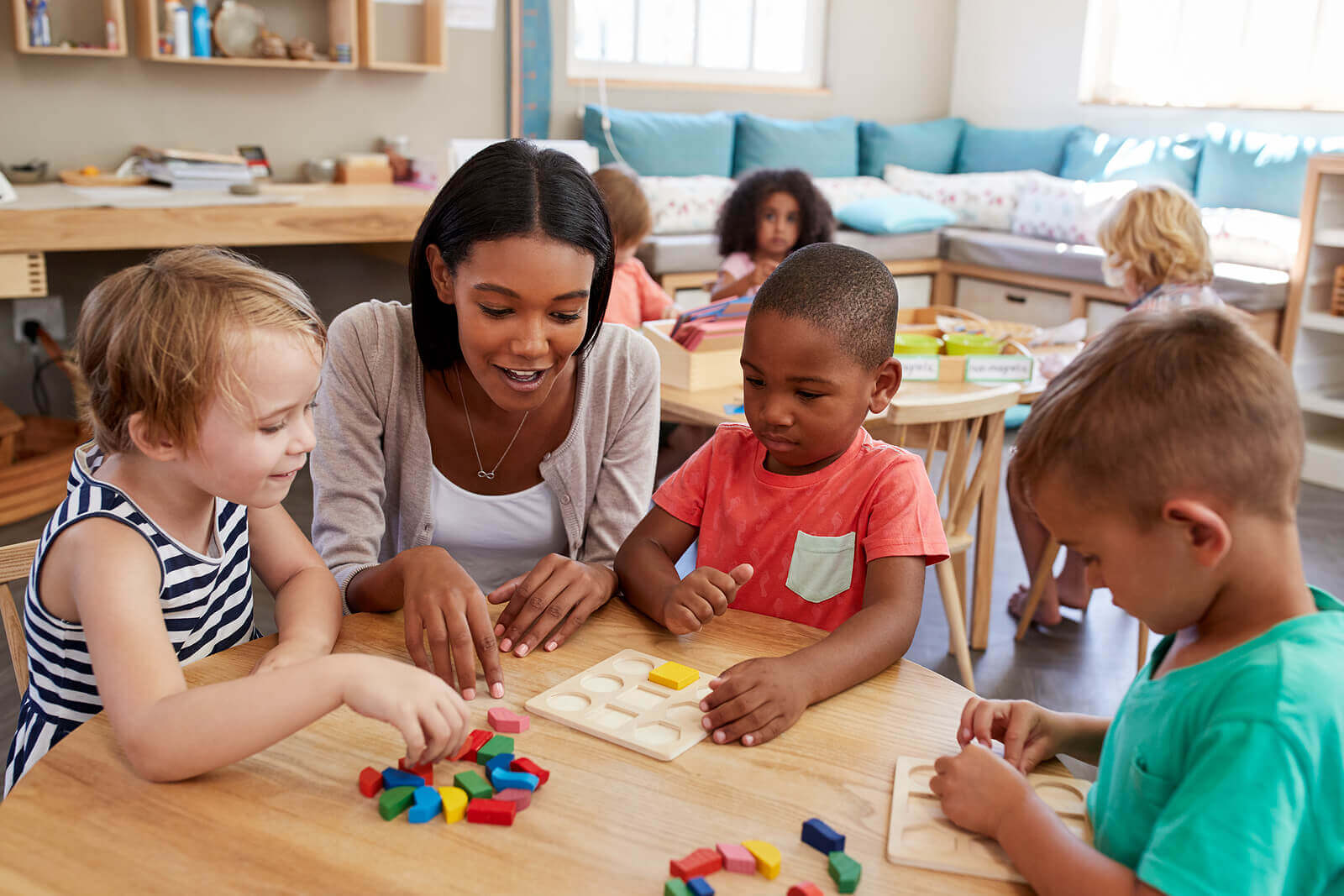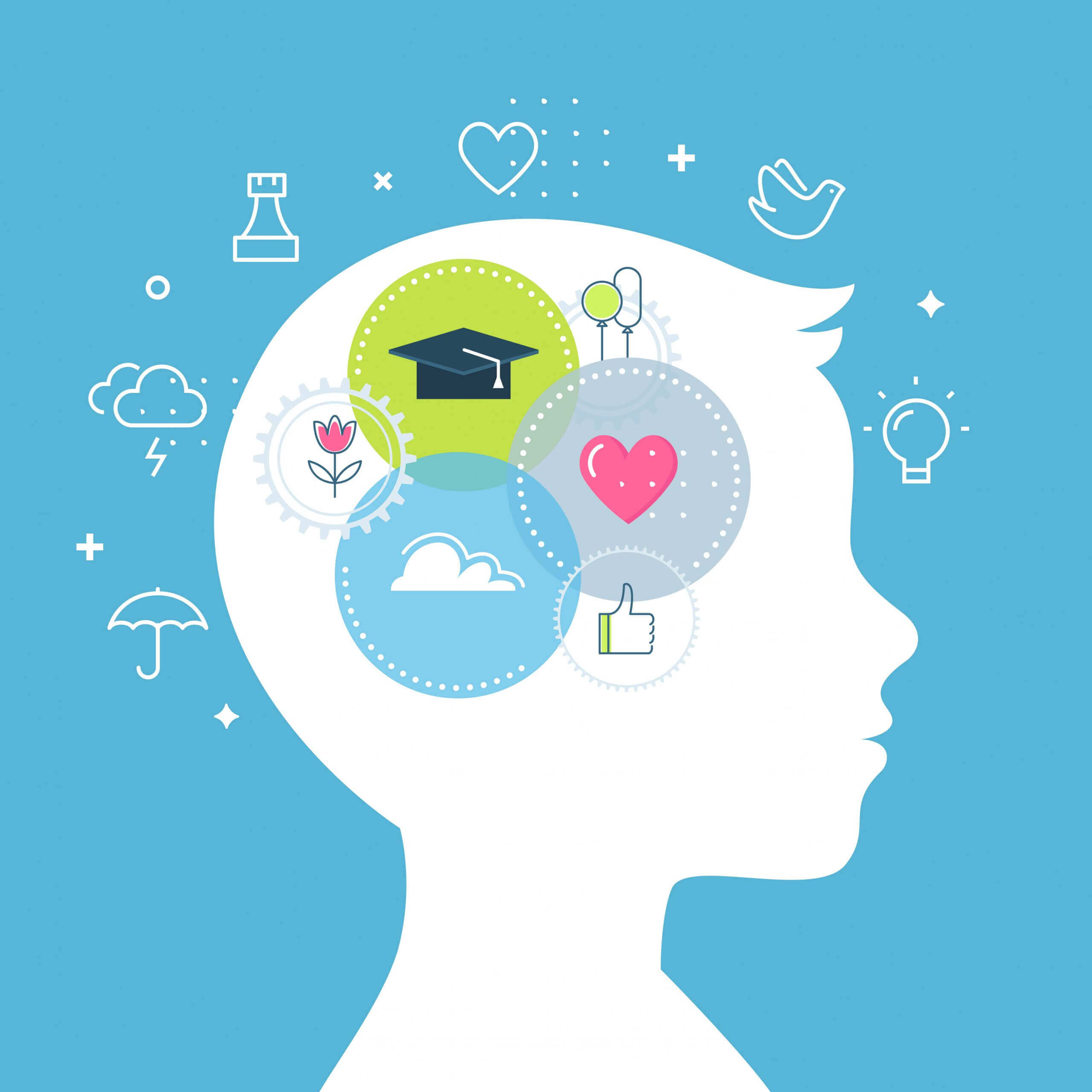Alternative Pedagogies to Traditional Education


Written and verified by the psychopedagogue María José Roldán
There are certain alternative pedagogies to traditional education that are gaining strength every day and making their way into society. At present, several educational centers have adopted their modalities, despite the fact that most of these were developed a few decades ago. So, would you like to learn about them?
There’s no one way to teach or learn
Each child is different and all families are different. So, why try to make all little ones receive their formal education in the same way?
It’s common to hear some parents blame the educational system for not motivating or stimulating students to achieve better academic results. At the same time, some schools blame families for not encouraging home study. And, as a result, children get caught in the middle. But who’s really to blame?
In reality, no one’s to blame and we must all do our part to improve the education of our children.
The formal educational stage between 3 and 12 years of age is the most important. During this stage, the bases of cognitive, emotional, and social learning are established, which will allow the little ones to achieve their goals in the future.
Despite the teaching method, the ultimate goal should be to promote children’s autonomy, as no learning can take place if the student doesn’t have this ability. And in this sense, alternative pedagogies encourage it a lot.
Due to their multiple advantages, many educational institutions have chosen to adhere to these types of methodologies. Some completely and others partially, either through complementary workshops or extracurricular activities.

Alternative pedagogies: An option to consider
Currently, there are multiple alternative pedagogies to choose from and surely many of them can be beneficial for your child. Below, we’re going to share the most popular with you and tell you about their main goals. Keep reading!
The Waldorf method
This pedagogy has its roots in the theories of Rudolf Steinert and is based on the free instruction of students. With this in mind, children’s development occurs naturally, within a free and cooperative environment.
One of its qualities is that it establishes groups of children with wide age ranges and promotes learning through cooperation among peers.
Another of its characteristics is that it leaves exams aside and focuses, above all, on artistic subjects: Music, art, and crafts.
The Montessori method
The model developed by María Montessori is based on the creation of stimulating environments for children, so that they can develop autonomously, through the innate curiosity of childhood.
Through this pedagogy, children learn and have fun at the same time. In addition, the age differences between children aren’t a factor, and adults are limited to being their guides, without interfering with their exploration or discovery of the environment.
Read more: Educational Psychology: Everything You Need to Know
The Kumon method
This is a Japanese learning system that consists of two programs, one for reading and the other for mathematics.
The objective of the method is to develop the potential of children to the max through motivation. As children gain confidence in themselves and in their learning abilities, they achieve better academic performance.
The Doman method
This alternative pedagogy is based on the stimulation of sensory areas as a strategy to improve cognitive development. To do this, it uses bits of reading, math, and intelligence.
The Freinet method
This model considers the child as a complete person, with a particular intelligence. With this premise in mind, it encourages little ones to search for the answers on their own through the discovery of the environment.
In this way, they learn to become individuals capable of understanding themselves through movement, unlike in the traditional method that encourages stillness.
The Reggio Emilia method
According to this pedagogy, the child’s curiosity is the protagonist of their learning and the engine that powers exploration, construction, and discovery. In line with this, nature is the most important means of understanding the world around us.
The Changemaker method
In this type of school, social transformation is sought through creativity and entrepreneurship. It promotes active learning that focuses on people and not on content.
According to this pedagogy, emotional intelligence is essential for children’s learning.

Dare to change!
In conclusion, as you can see, these alternative pedagogies are very interesting and each of them has its advantages. They all seek to enhance the autonomy, discovery, exploration, and personal development of children. This is why they’re the favorites of many families and also, of many professionals.
So, if you notice that your child isn’t comfortable with the methodology they adopt in their school or you think they can develop their potential even more, seek the advice of an education professional and find out more about these pedagogies.
There are certain alternative pedagogies to traditional education that are gaining strength every day and making their way into society. At present, several educational centers have adopted their modalities, despite the fact that most of these were developed a few decades ago. So, would you like to learn about them?
There’s no one way to teach or learn
Each child is different and all families are different. So, why try to make all little ones receive their formal education in the same way?
It’s common to hear some parents blame the educational system for not motivating or stimulating students to achieve better academic results. At the same time, some schools blame families for not encouraging home study. And, as a result, children get caught in the middle. But who’s really to blame?
In reality, no one’s to blame and we must all do our part to improve the education of our children.
The formal educational stage between 3 and 12 years of age is the most important. During this stage, the bases of cognitive, emotional, and social learning are established, which will allow the little ones to achieve their goals in the future.
Despite the teaching method, the ultimate goal should be to promote children’s autonomy, as no learning can take place if the student doesn’t have this ability. And in this sense, alternative pedagogies encourage it a lot.
Due to their multiple advantages, many educational institutions have chosen to adhere to these types of methodologies. Some completely and others partially, either through complementary workshops or extracurricular activities.

Alternative pedagogies: An option to consider
Currently, there are multiple alternative pedagogies to choose from and surely many of them can be beneficial for your child. Below, we’re going to share the most popular with you and tell you about their main goals. Keep reading!
The Waldorf method
This pedagogy has its roots in the theories of Rudolf Steinert and is based on the free instruction of students. With this in mind, children’s development occurs naturally, within a free and cooperative environment.
One of its qualities is that it establishes groups of children with wide age ranges and promotes learning through cooperation among peers.
Another of its characteristics is that it leaves exams aside and focuses, above all, on artistic subjects: Music, art, and crafts.
The Montessori method
The model developed by María Montessori is based on the creation of stimulating environments for children, so that they can develop autonomously, through the innate curiosity of childhood.
Through this pedagogy, children learn and have fun at the same time. In addition, the age differences between children aren’t a factor, and adults are limited to being their guides, without interfering with their exploration or discovery of the environment.
Read more: Educational Psychology: Everything You Need to Know
The Kumon method
This is a Japanese learning system that consists of two programs, one for reading and the other for mathematics.
The objective of the method is to develop the potential of children to the max through motivation. As children gain confidence in themselves and in their learning abilities, they achieve better academic performance.
The Doman method
This alternative pedagogy is based on the stimulation of sensory areas as a strategy to improve cognitive development. To do this, it uses bits of reading, math, and intelligence.
The Freinet method
This model considers the child as a complete person, with a particular intelligence. With this premise in mind, it encourages little ones to search for the answers on their own through the discovery of the environment.
In this way, they learn to become individuals capable of understanding themselves through movement, unlike in the traditional method that encourages stillness.
The Reggio Emilia method
According to this pedagogy, the child’s curiosity is the protagonist of their learning and the engine that powers exploration, construction, and discovery. In line with this, nature is the most important means of understanding the world around us.
The Changemaker method
In this type of school, social transformation is sought through creativity and entrepreneurship. It promotes active learning that focuses on people and not on content.
According to this pedagogy, emotional intelligence is essential for children’s learning.

Dare to change!
In conclusion, as you can see, these alternative pedagogies are very interesting and each of them has its advantages. They all seek to enhance the autonomy, discovery, exploration, and personal development of children. This is why they’re the favorites of many families and also, of many professionals.
So, if you notice that your child isn’t comfortable with the methodology they adopt in their school or you think they can develop their potential even more, seek the advice of an education professional and find out more about these pedagogies.
All cited sources were thoroughly reviewed by our team to ensure their quality, reliability, currency, and validity. The bibliography of this article was considered reliable and of academic or scientific accuracy.
- García, A. (2017) OTRA EDUCACIÓN YA ES POSIBLE: Una introducción a las pedagogías alternativas. Editorial: Litera
- Ruiza, M., Fernández, T. y Tamaro, E. (2004). Biografia de Rudolf Steiner. En Biografías y Vidas. La enciclopedia biográfica en línea. Barcelona (España). Recuperado de https://www.biografiasyvidas.com/biografia/s/steiner.htm el 22 de septiembre de 2021.
This text is provided for informational purposes only and does not replace consultation with a professional. If in doubt, consult your specialist.








